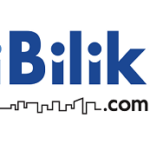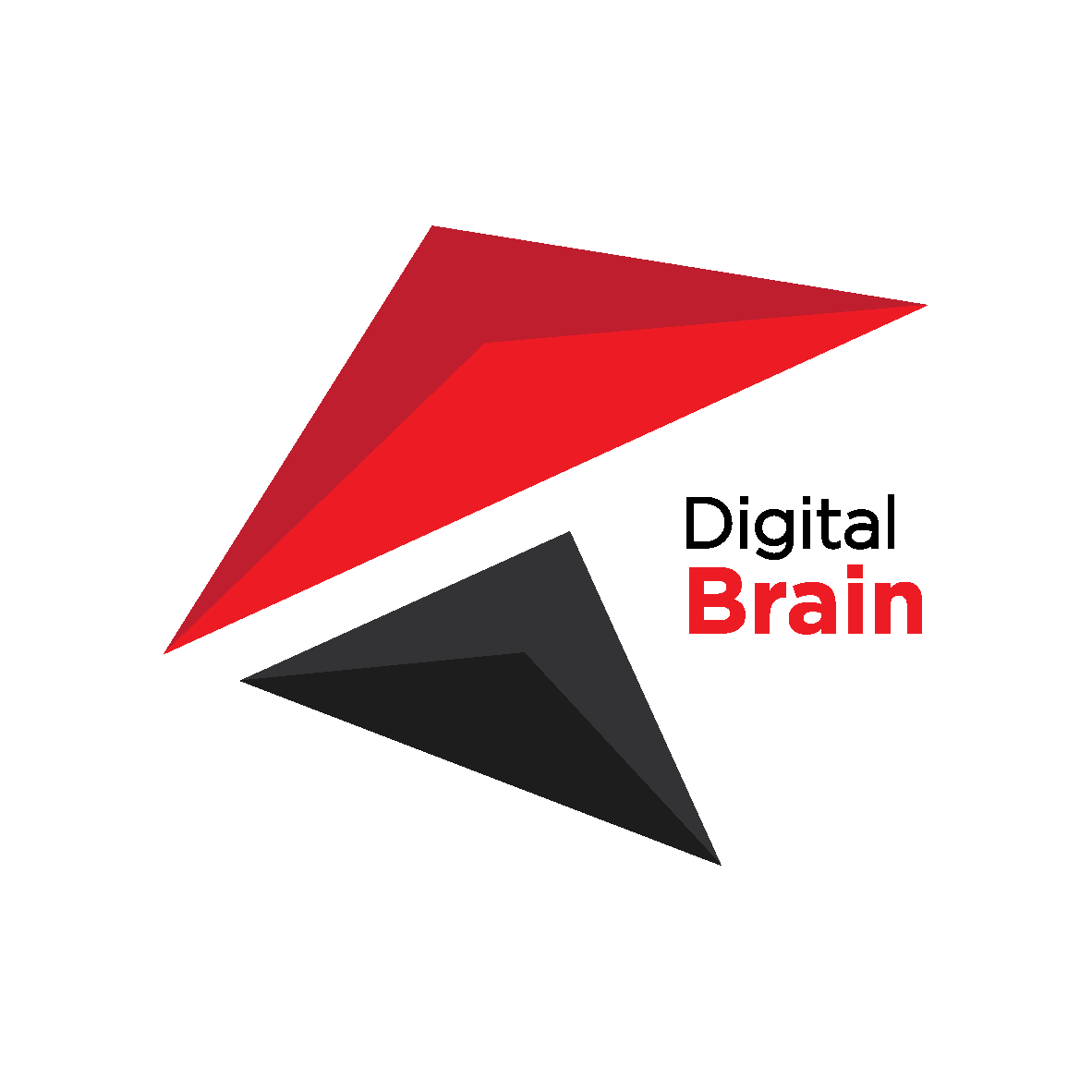
Category
People Management
Study Type
Offline & Online
Duration
4-8 Hour Intensive Course
Language
Conducted in BM & English Adaptive
HRDF/ HRD Corp
Claimable
Management: Empathic People Management

a. Mastered the necessary skills for effective people management
b. Improved your influencing skills in relation to people management
c. Deal with people problems quickly, confidently and professionally and encourage concentration on positive thinking
d. Recognize and work with the diversity in the team. Delegate tasks to the benefit of individuals.
What Is It All About
- Different Approaches to Management
- Responsibility VS Accountability
- Producing Results
- Managing Team
- Why Is It Important?
Effective Communication
- Common Problems in Communication
- Effective Listening Skills
- Things that Get in The Way of Listening Skills
- Developing Interactive Style
- Essential Communication Line
Delegate with Power
- Assigning VS Delegating Tasks
- Defining Delegating
- Importance of Delegating Tasks
- Ways to Go Wrong in Delegating Tasks
- Effective Delegation
Performance Management
- Types of Dissatisfaction
- Finding Out the Reasons for Dissatisfaction
- What does Dissatisfaction have to do with Performance
- Dealing with Poor Performance
- Delivering Difficult Messages
Motivation
- Motivation VS Behavior
- Existence of Emotion
- Types of Needs
- Importance of Needs
- Recognition of Needs
Attitude
- Importance of Attitude
- Causes of Attitude
- Characteristic of Attitude
- Attitude VS Performance
- How Attitude is Shape
Change Management
- Dealing with Change
- Walk the Talk
- Diagnose and Identify Performance Problems and Improvement Needs
- Reactions to Expect and How to Deal with Them
- Ways to Involve Teams
Leadership: Leading Others to Perform

a. Harness new leadership capabilities in leading people with different personalities
b. Manage the team more effectively in day to day activities
c. Reduce “team politics” and cultivate culture of trust to increase productivity in your team
d. Understand the differences between personal leading and leading as a team
Building Your Emotional Bank Account with your team
- Why most people are unwilling to follow genuinely
- Introducing EBA
- Withdrawal VS Deposit
- Common problems in Emotion Commitment
- Promote strong EBA
Having the Win-Win
- Use of Paradigms of Human Interaction
- How to think in abundance
- Having a Balance Courage and Consideration
- Create a consideration of WIN-WIN”
Empathic Conversation
- What are the common paradigms in Empathic Conversation
- Ways to tackle the filtering of what others say through their perspective
- Steps to get “buy in” from empathic conversations
- How to Share Your Point of View with tactically
Empowering and Inspiring the People
- Ways to inspire people of cultural dimension
- What I Value VS. What You Value
- Keys of an excellent role model in leadership
- Wheel of Empowerment
- Impact of recognition
Leadership Concept in Leading Others
- Leading the Team VS Leading the Individuals
- Why people lose commitments in managing
- Understanding Teams and Group Dynamic
- Characteristic of High Performance Team
- Use of Transformational Leadership
Conflict Handling
- Cause and Effects of Difficult People
- Techniques in Handling Conflict
- Feelings VS Emotions
- Challenges in Handling Conflict
- Types of issue in Handling Difficult People
Power Negotiation Skills

a. Learn the phases of negotiations & gain the skills necessary for successfully negotiating
b. Apply strategies for identifying mutual gain
c. Apply the negotiating process to solve everyday problems
The Who, When And How Of Negotiation
- What is negotiation?
- What are the negotiation styles?
- Dominant negotiating strategies
- Understand the relationship between personal style and negotiation
- Importance of negotiation in business settings
Preparing To Deal – Persuade, Influence, Impress
- Anticipating possible objections and rejections
- Reframing ideas and concepts to engage and motivate
- Preparing a strong BATNA position to increase power
- Techniques for impact and influence
- Negative consequences when preparation is absent
Separate People From The Problem
- Negotiators are people first
- Every negotiator has two kinds of interests
- Disentangle the relationship from the substance
- Understand different perspectives in negotiation
Focus On Interest, Not Positions
- What is interest in negotiating?
- What is the meaning of positions?
- Recognize that for a wise solution reconcile interests, not positions
- How to identify interests?
- How to talk about interests with others?
Invent Options For Mutual Gain
- The obstacles that inhibit the inventing of an abundance of options
- Elements of inventing creative options
- The four basic steps in inventing options
- Learn about the obstacles to inventing realistic options
Insist On Using Objective Criteria
- Understand what is considered as objective criteria
- Deciding on the basis of will is costly
- The case for using objective criteria
- Development of objective criteria
- Negotiating with objective criteria
Managing Emotions On The Negotiation Table
- Maintain confidence and composure
- Avoid provocations and conflicts in both parties
- Uphold influence and keep away resistance
- Leveraging your strengths and values
- Aware of the power of every single word
Supervisory Skills for Retail

a. Explain what is and is not supervisor
b. Understand the responsibilities and functions of supervisor
c. Use techniques and skills in managing people and tasks
d. Incorporate techniques for in giving clear instruction
Frontline Leadership – Your Role
- 21st Century Challenges as a Supervisor
- Bosses Makes or Break Workplace
- Roles and responsibilities of a supervisor
- What kind of supervisor are you?
Action-Centered Leadership for Supervisors
- Supervisors VS. Leaders
- The 3 T’s in John Adair’s Leadership Model
- Techniques and Tools to Quantify a Task
- Developing Work Plan
Work Performance and Time
- Work measurement and time cost
- The Adair Urgency and Important Matrix
- Tips on Daily Planning
- Bust time wasters and work interruptions
Getting Your Direct Reports to Commit
- Factors That Fosters Team Effectiveness
- The 3 C’s in team coherence
- How to conduct supervision meeting with your direct reports
- Getting Feedback on Work Progress
The One Minute Manager’s Game Plan
- The One Minute Goal Setting, Praising And Reprimands
- How to give corrective and non-judgmental feedback
- Overcome Barriers when addressing staff problems
- Guide in preparation for One Minute Reprimand
Leadership: Coaching and Mentoring In Competitive Workplace

a.Improve employee performance and results through a more effective coaching
b.Boost the productivity and quality of individuals and teams
c.Maximize the results of effective criticism
What Is Coaching And Mentoring?
- Understand why is receiving feedback so difficult?
- The power of three
- Deliver feedback on specific behavior
- Focus on the future
- Things to avoid when giving feedbacks
Essential Keys To Effective Coaching 1 – Active Listening Skills
- What is considered as active listening skill?
- The role of active listening in coaching and mentoring
- Negative consequences when active listening skills are absent
- Common mistakes to become an active listener
- Elements of active listening skills
Essential Keys To Effective Coaching 2 – Questioning Skills
- Types of questioning skills
- Effective and powerful questions that bring awareness of problems
- Questions that help the coachee identify their concerns and thoughts
- How does questioning look like in coaching and mentoring?
- Asking the RIGHT questions
Essential Keys To Effective Coaching 3 – Feedback
- Understand why is receiving feedback so difficult?
- The power of three
- Deliver feedback on specific behavior
- Focus on the future
- Things to avoid when giving feedbacks
Coaching Tool – The S.C.O.R.E. Model
- Symptoms that indicate a problem in present time
- Causes for creating and maintaining the Symptoms
- Outcomes that will take place of the Symptom
- Longer term results of achieving a particular Outcome
- Skills, tools, beliefs, etc. that will eliminate the Causes of the Symptoms and reach and maintain the desired Outcomes
Coaching Employees To Peak Performance
- Recognize the reasons for employee mistakes and frustration
- How-to’s for establishing a more positive and energized work environment
- Power of flexibility
- Different coaching approaches for different employees
- Holding employee accountable
Creating A Stronger And More Effective Team
- Techniques for building trust and mutual respect
- Power tips for boosting cooperation and teamwork
- How to keep your team up and energized under pressure, crisis and change
- 4 ways to overcome the “inherited employee” syndrome
- Spotting employee burnout before it’s too late
Managing Gen Y & Z

a. Understand unique work traits of different generation
b. Establish an engagement plan for different generation
c. Win the generational battle and gain new talent management skills to achieve organizational goals
- Why Gen Y & Z Quit Their Jobs
- Explore The Generational Gaps Between Different Generations
- The Secret Needs Of Our Current Generation
- Working With Gen Y Through Alignment Of Value And Purpose
- The Key Drivers For The Current Generation
- What Can We Do For Gen Y & Gen Z?
- How To Communicate Effectively With Gen Y & Z And Use It To Your Advantage?
- Using Coaching And Mentoring To Lead Gen Y And Gen Z
NLP Communication For Influence And Persuasion

a. Identify the DDG barriers in effective communication
b. Achieve work and life success through NLP Communication Model
c. Become the master of persuasion, communication and influence with NLP
- What is NLP?
- The Myths Surrounding NLP?
- Utilizing NLP Communication Model
- DDG: Barriers To Communication
- Overcoming DDG
- NLP Communication Hacks
V.I.B.E.S: Insight

Take charge of your own thinking.
Learn the different types of thinking processes for decision making
Align thinking with bosses and company direction
Identify own critical thinking strengths & opportunities
- Take charge of your own thinking.
- Learn the different types of thinking processes for decision making
- Align thinking with bosses and company direction
- Identify own critical thinking strengths & opportunities
V.I.B.E.S: Bold & Exploration (Part 1+2)

- To develop the courage to take risks and make bold decision
- To examine techniques and strategies to find enjoyments and fulfillment in work
V.I.B.E.S: Support

People Management With Emotional Intelligence (Part 1+2)

- Identify generational gap in the workplace
- Understanding the human emotion that can relate to motivation
- Learn the difference emotion can give different result
- Understanding the importance of Emotional Intelligence as A Manager
- Acquiring Emotional Intelligence as a Manager
- Generational Gap and Their Emotion
- Case study on multigenerational company
- How to give feedback like a pro
- Employee vs Manager situation: How to solve it
Retaining Talent: How Leaders Can Make a Difference

- Know why keeping employees is crucial and how leaders can improve team happiness.
- Learn how leaders boost employee engagement and belonging.
- Understand common problems and new solutions.
- Learn ways to keep employees and reduce turnover.
- Spot early signs of employees wanting to leave.
- Discover best practices for retaining employees.
- Master motivating and empowering employees to keep top talent
-
- Introduction to Talent Retention and Team Leaders Role
- Common Reasons for Employee Disengagement and Attrition
- Leading by Example: Demonstrating Core Values
- Creating a Positive and Supportive Work Culture
- Employee Commitment & Competency Level
- Managing Disagreement
- 5 Languages of Appreciation for Workplace



































